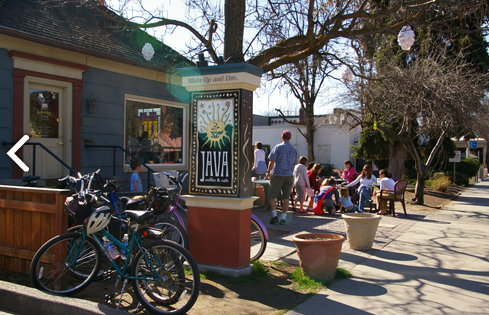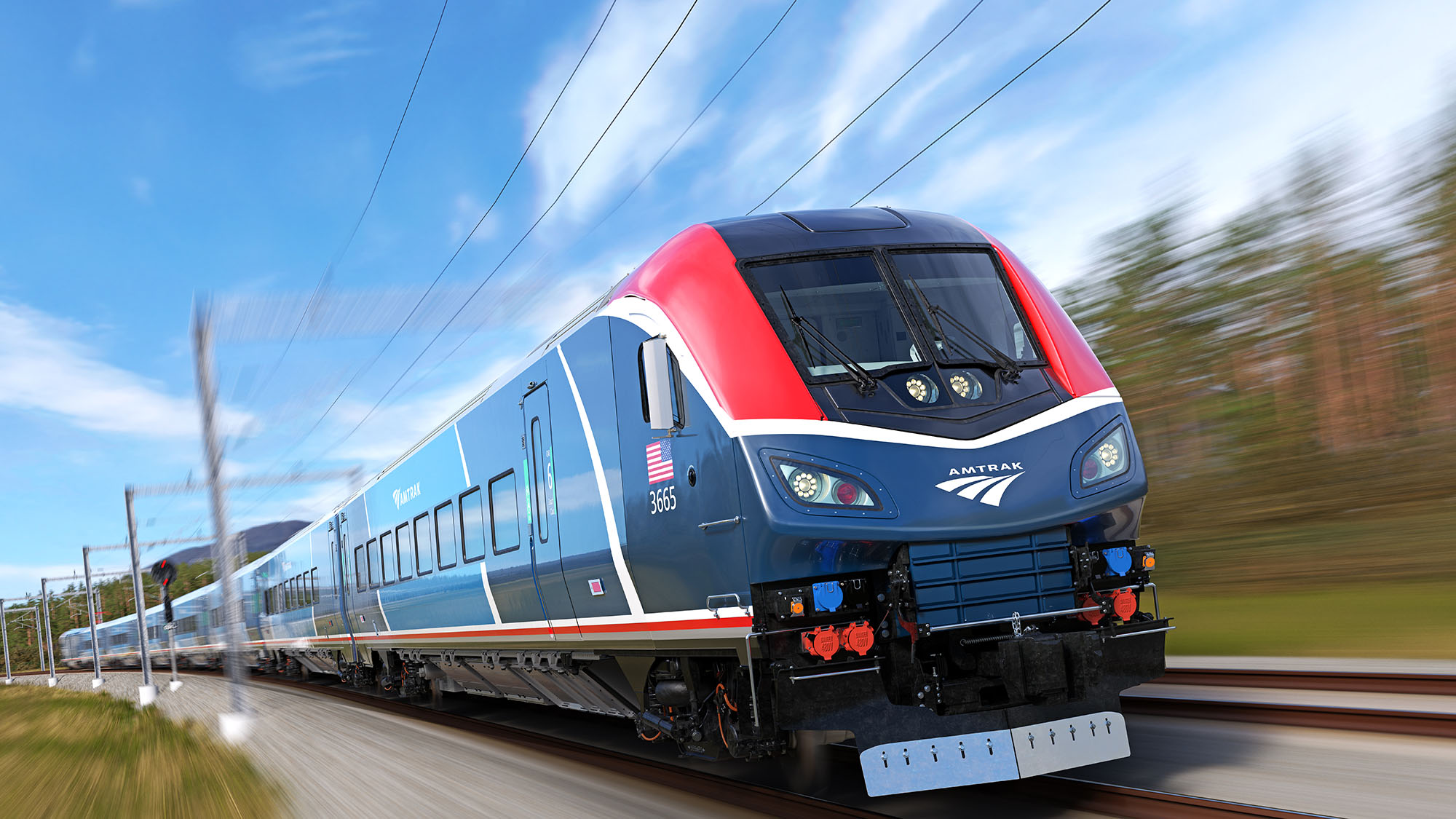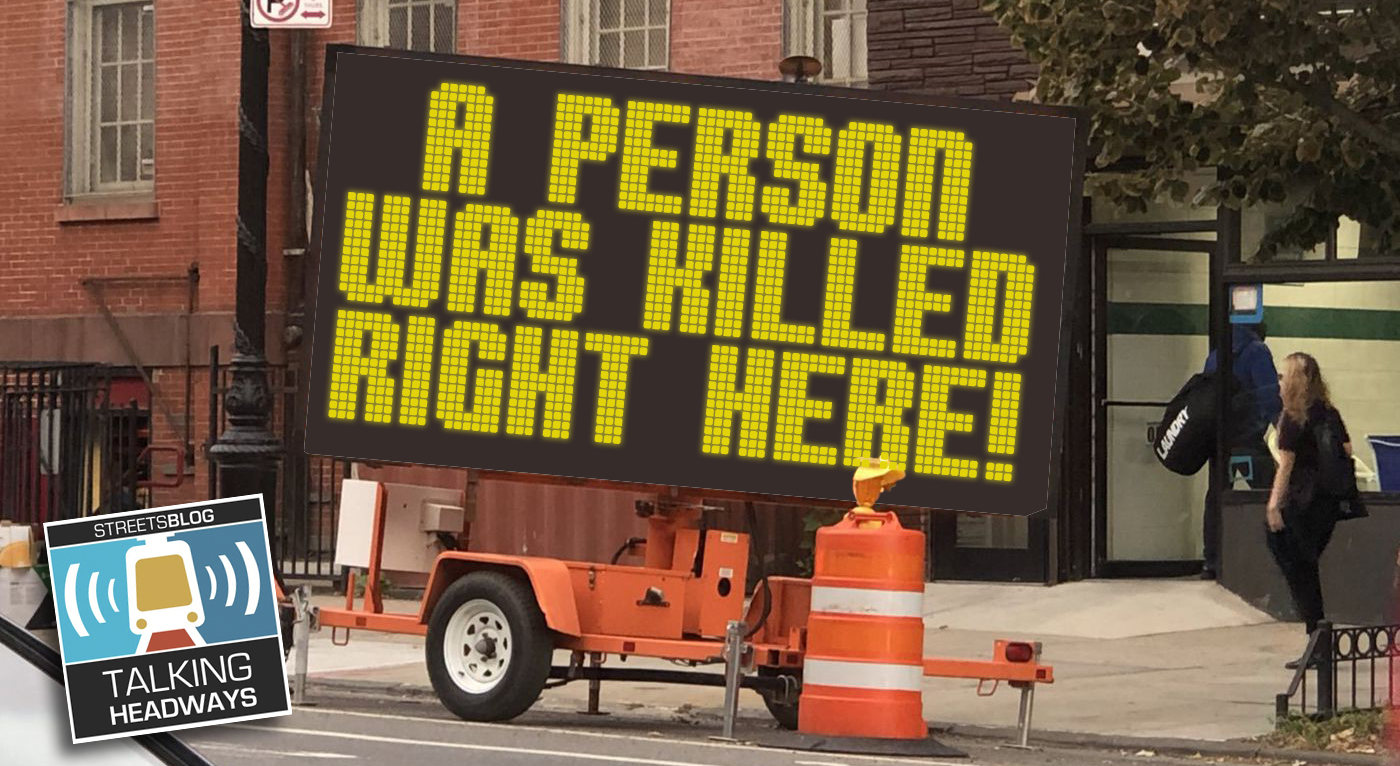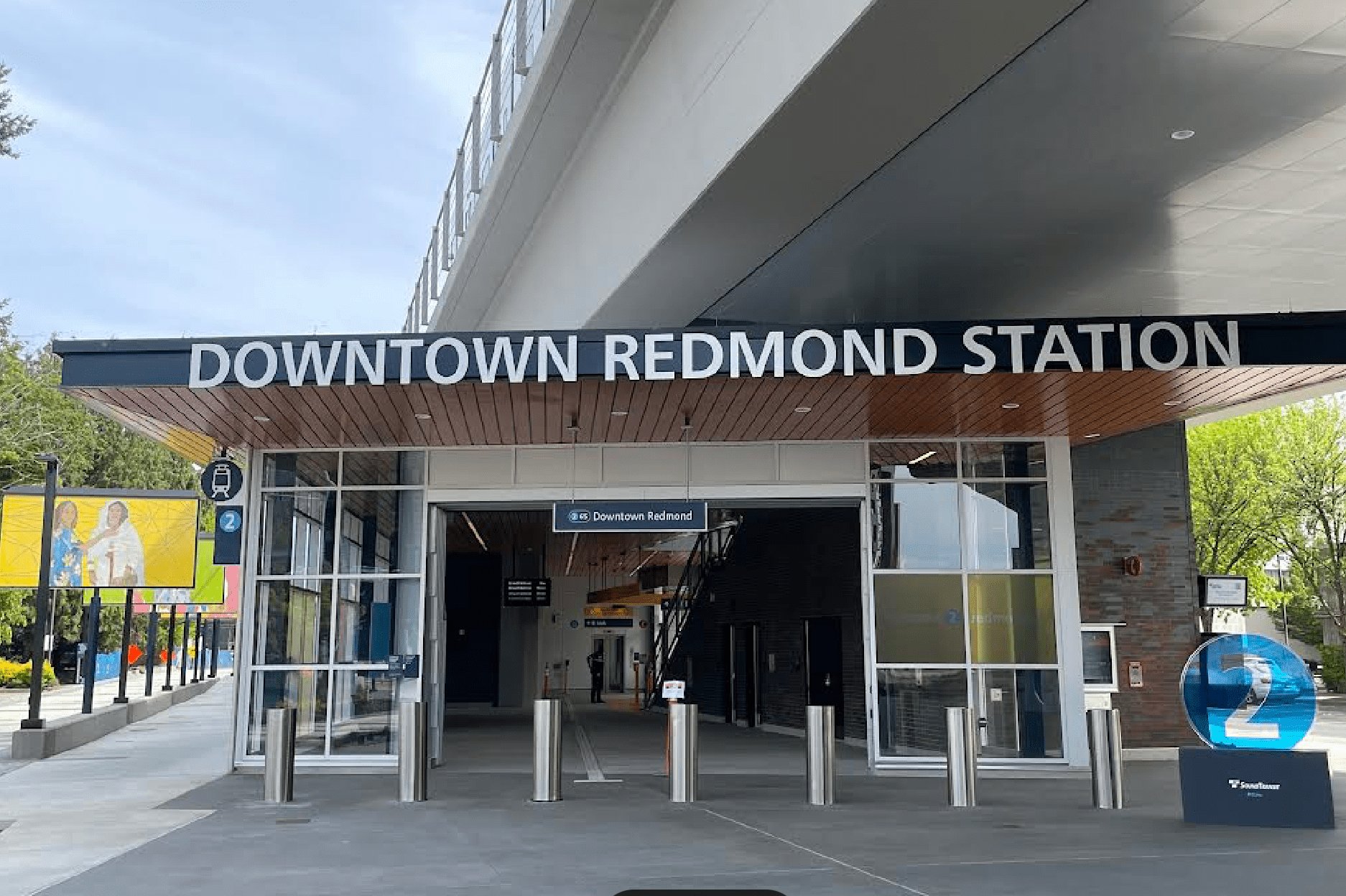People in Idaho, Montana, and Colorado want to live in walkable places. That's the finding of a recent housing market study by Sonoran Institute, a group that supports conservation and community development in the American West.

The institute examined thousands of home sales around six cities in those three states since 2009. Only about 16 percent of the housing in the six regions studied was characterized as walkable, and researchers found that dwellings in walkable areas sold for an 18.5 percent premium over those sited among sprawl.
The discrepancy was even more pronounced around Boise, where homes in walkable neighborhoods sold for 45 percent more than those in disconnected areas, the Idaho Stateman reports.
"The (study results) would lead you to think there’s a lot of demand that isn’t being met in Boise," Randy Carpenter, director of the Sonoran Institute, told the Statesman.
The increasing preference for walkability and mixed-use development among Americans has been well documented, and this study shows it's not isolated to major urban areas on the coasts.
The study also included a survey portion. Among those surveyed, 90 percent said it was important to live in a place where they could walk to other destinations in the community, like schools, parks, and shops. Moreover, 62 percent said they would be willing to trade some lot size at home for access to parks, trails, and recreation.
Experts from the Sonoran Institute say they think their findings are applicable to the West as a whole.
“More and more people want convenience, they want to walk, and they want neighborhoods with character," said Clark Anderson, Sonoran's Colorado program director. "In a lot of towns these qualities are hard to find outside of a few small, historic neighborhoods. So it’s sort of an untapped opportunity.”




